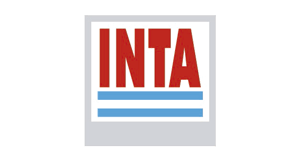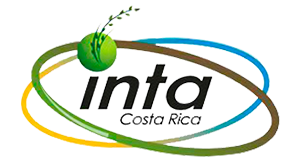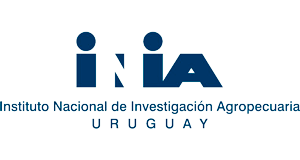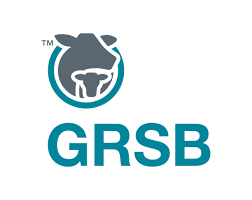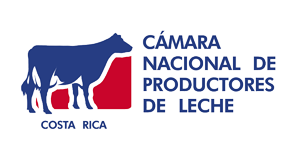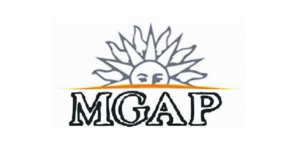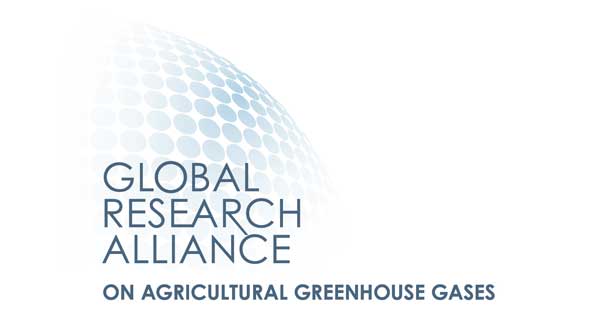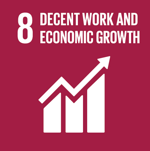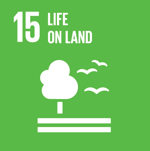Satellite monitoring of quantity and quality of available biomass in pastoral livestock systems
Pastoral farming contributes 46% of GDP and is key to food and social security in LAC. Tools that improve their efficiency are needed to increase their profitability and sustainability.
Context of the story
Knowing the quantity and quality of biomass available for livestock (forage) is key to making management decisions that improve the productive efficiency and profitability of pastoral systems, while also allowing reporting and verification of GHG emission mitigation strategies. However, frequent farm-scale surveys are costly. In recent years, the availability of satellite data at a scale compatible with weekly management decisions of individual paddocks has increased, and prediction models for forage quantity and quality based on remote sensors are starting to appear. For this technology to result in productive improvements, it is necessary to have locally validated reliable models and mechanisms that make the information available to different users.
Remote sensors allow monitoring large areas and have information in almost real time
The implemented initiative
i) Generate and calibrate real-time prediction models of forage quantity and quality from remote sensors for relevant forage resources in 4 LAC countries with cold, temperate, subtropical and tropical, semi-arid and humid climates,
ii) Validate the models generated in demonstration units and commercial farms, and
iii) Manage the knowledge generated, training both technicians and producers as well as those responsible for national GHG inventories in order to ensure technology transfer.
Lower the cost of estimating in real time and with adequate precision the quantity and quality of forage in pastoral livestock systems through a satellite tool
The technological solution
A platform comprised of the national agricultural research and innovation institutes and other actors in the sector will be formed which, thanks to their regional presence and the extension, transfer and technological development activities that they carry out, will be key to achieving the objective and reaching all beneficiaries: family and business producers, livestock advisors, software developers and public officials.
The profitability and efficiency of pastoral livestock systems depends largely on making management decisions based on the quantity and quality of forage.
Participating countries
Type of project
Results
Three key tools were developed for satellite monitoring of grasslands: a field survey protocol, a mobile app to record biomass and forage quality, and a web platform to visualize data and assist in sampling. These tools enabled the creation of a monitoring network with over 79 participants.
The database includes 1,300 matched field and satellite observations. Using 755 records, machine learning models (Random Forest) were tested to estimate biomass from Sentinel-1 and -2 imagery. In sown pastures thr error was 544 kg DM/ha (42%). Field auxiliary information improved model accuracy.
Therefore, two simplification methodologies (spatial and temporal) were designed to facilitate biomass estimation at the system scale. Both are being validated in real-world grazing systems, expanding the database and promoting satellite-based technologies. Over 1,500 people participated in outreach activities.
Relevant data
Number of field samples
Satellite monitoring project workflow
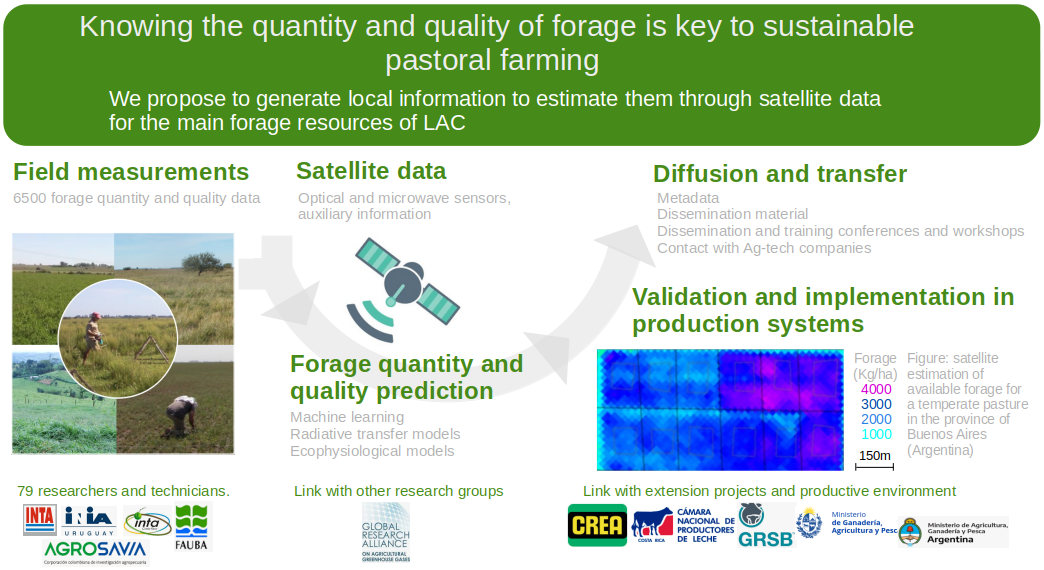

 Back to the project
Back to the project Argentina
Argentina Colombia
Colombia Costa Rica
Costa Rica Uruguay
Uruguay